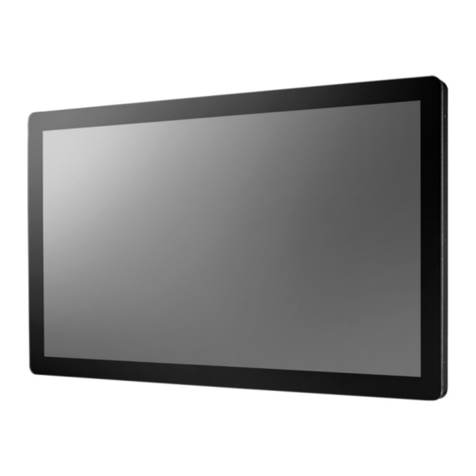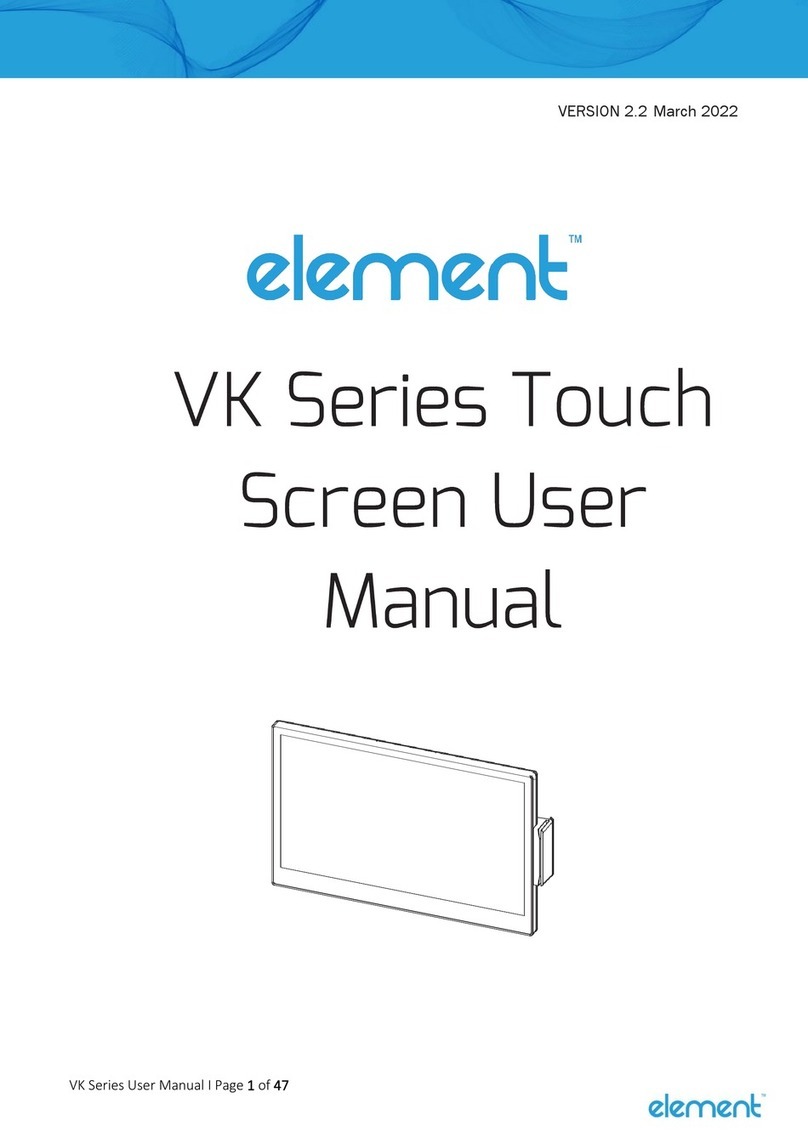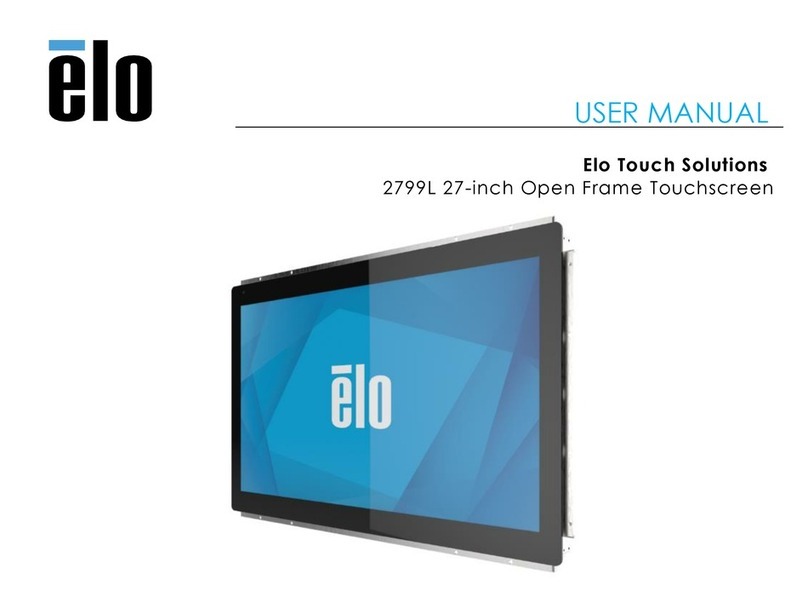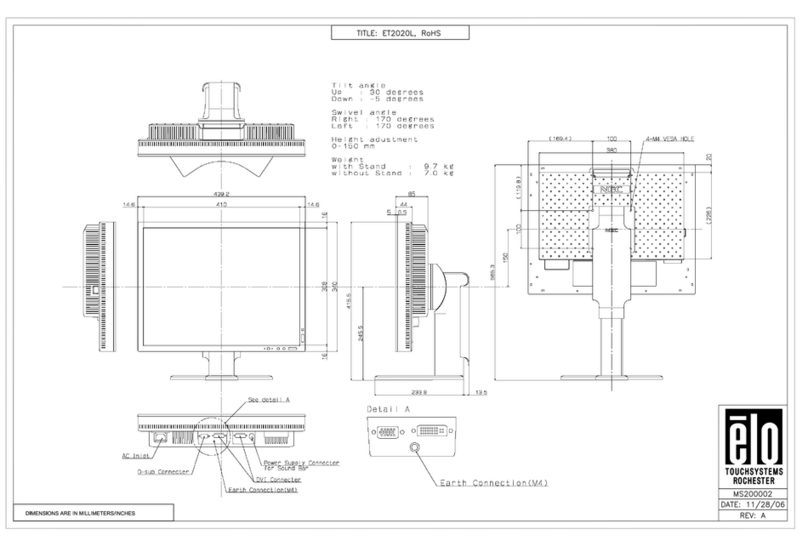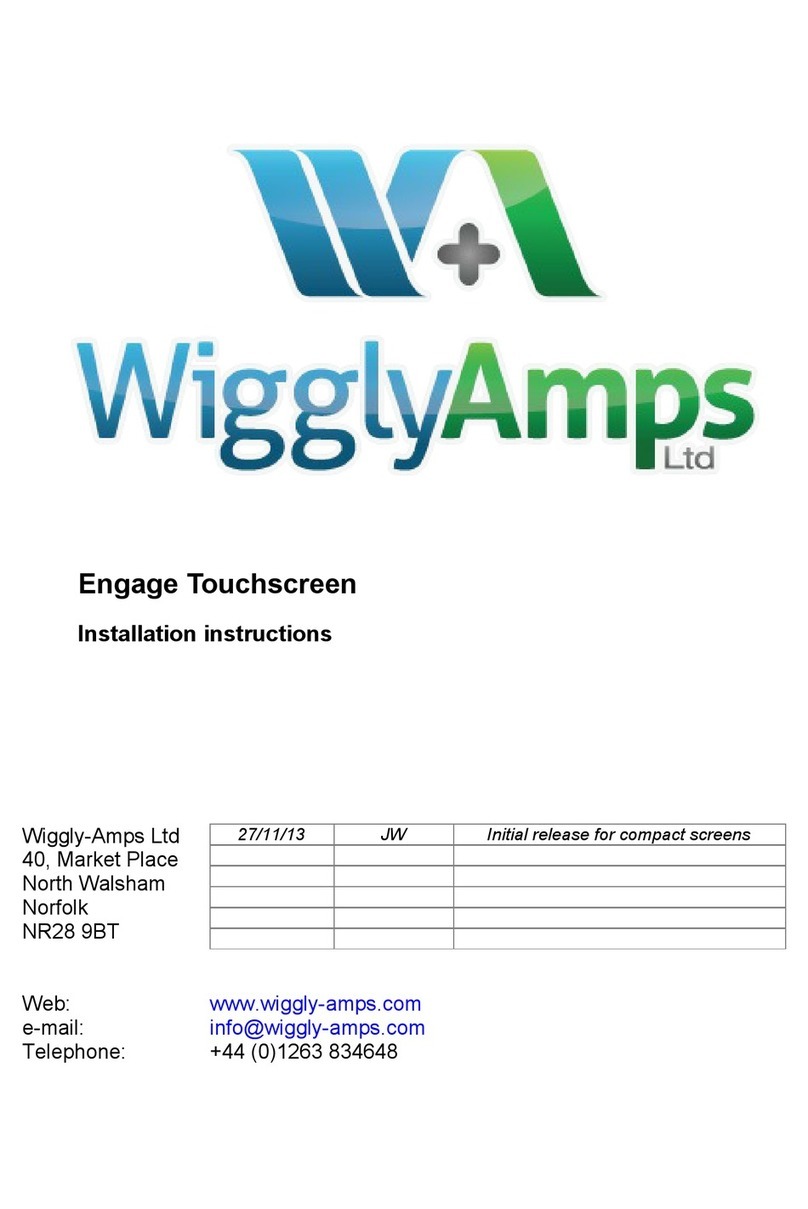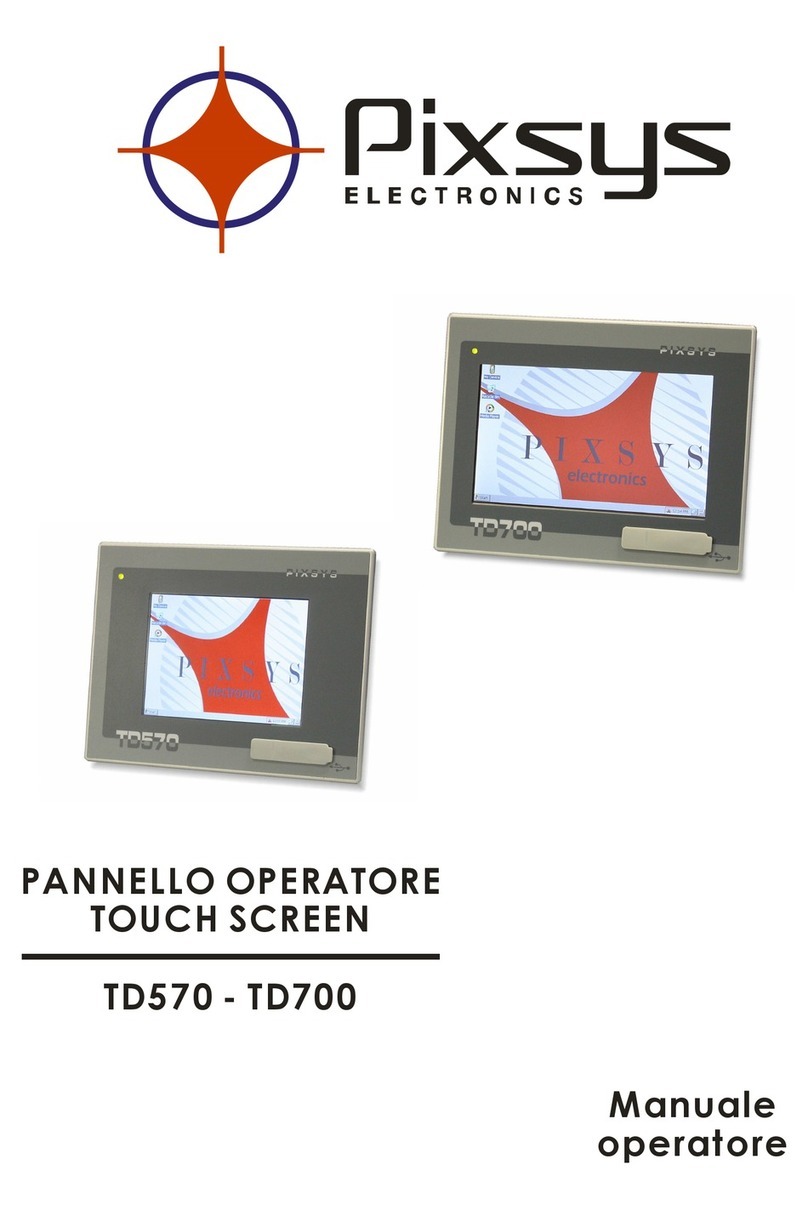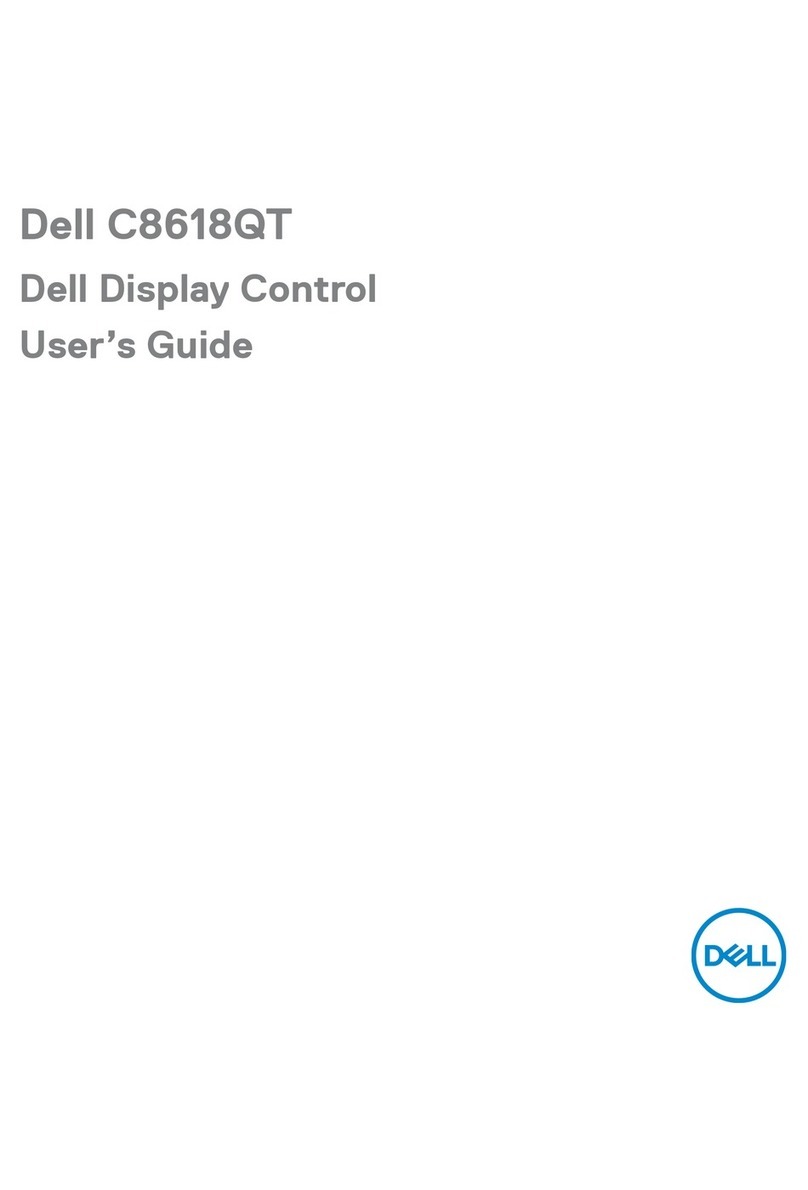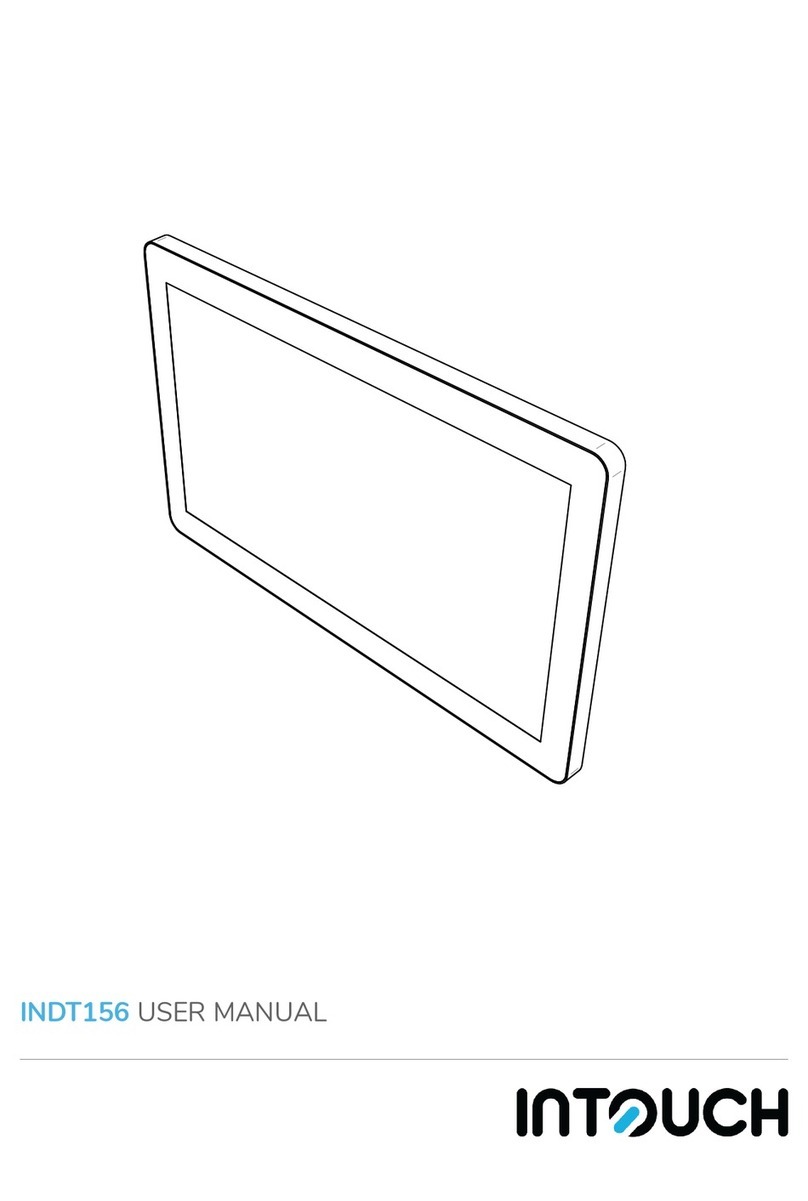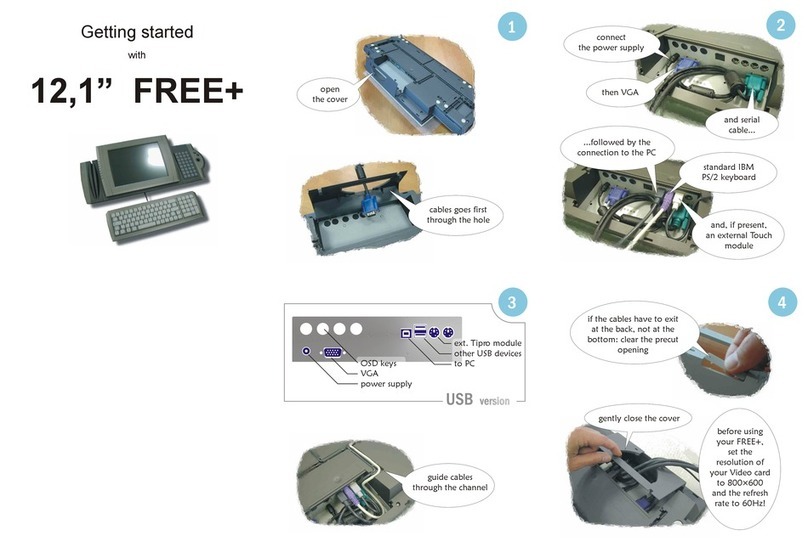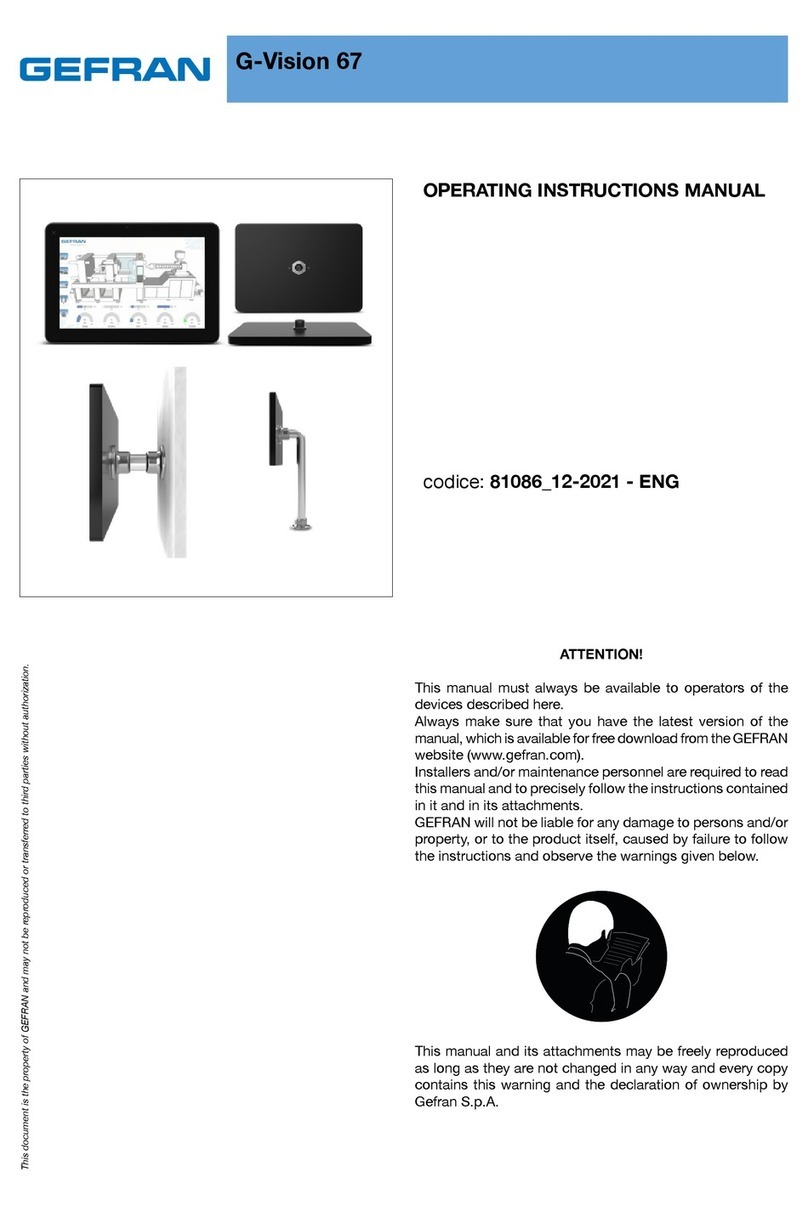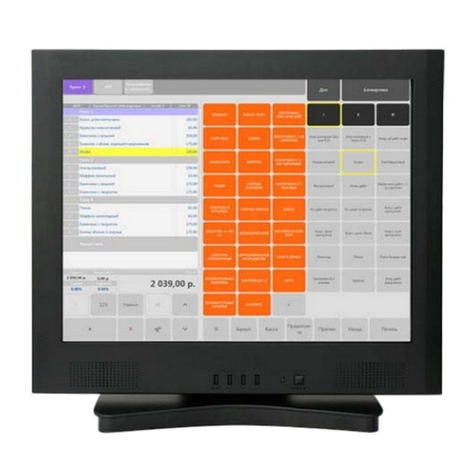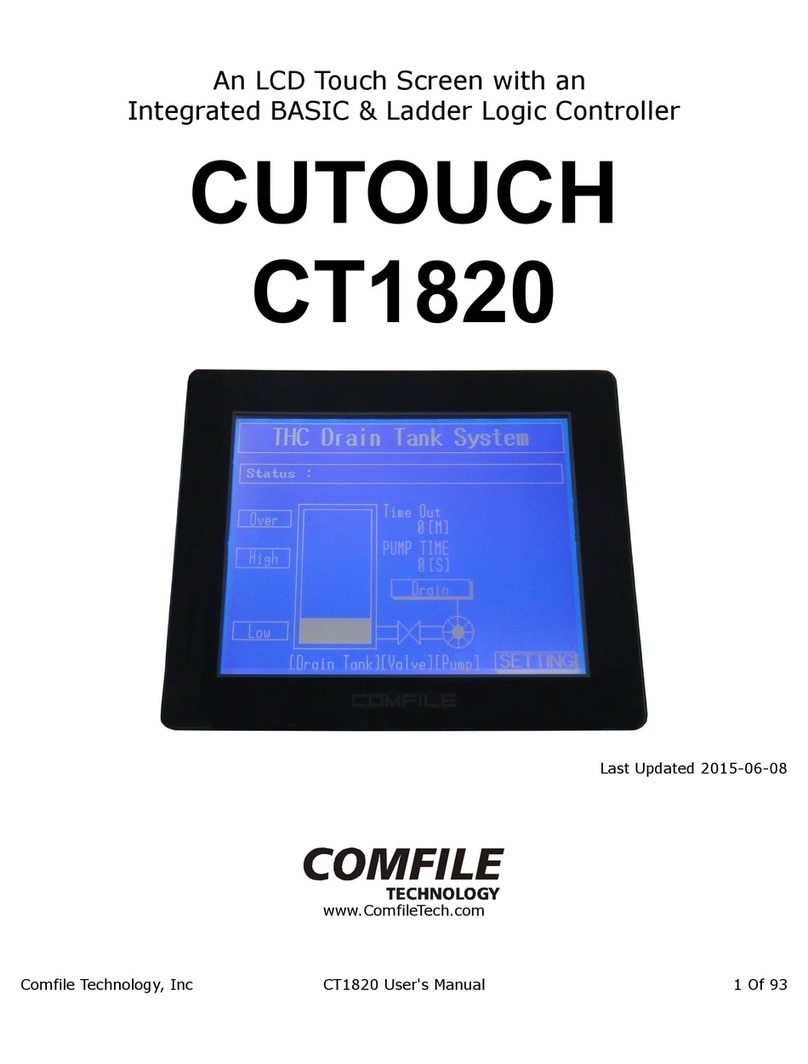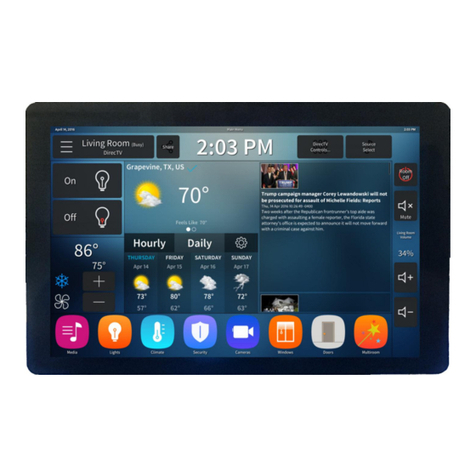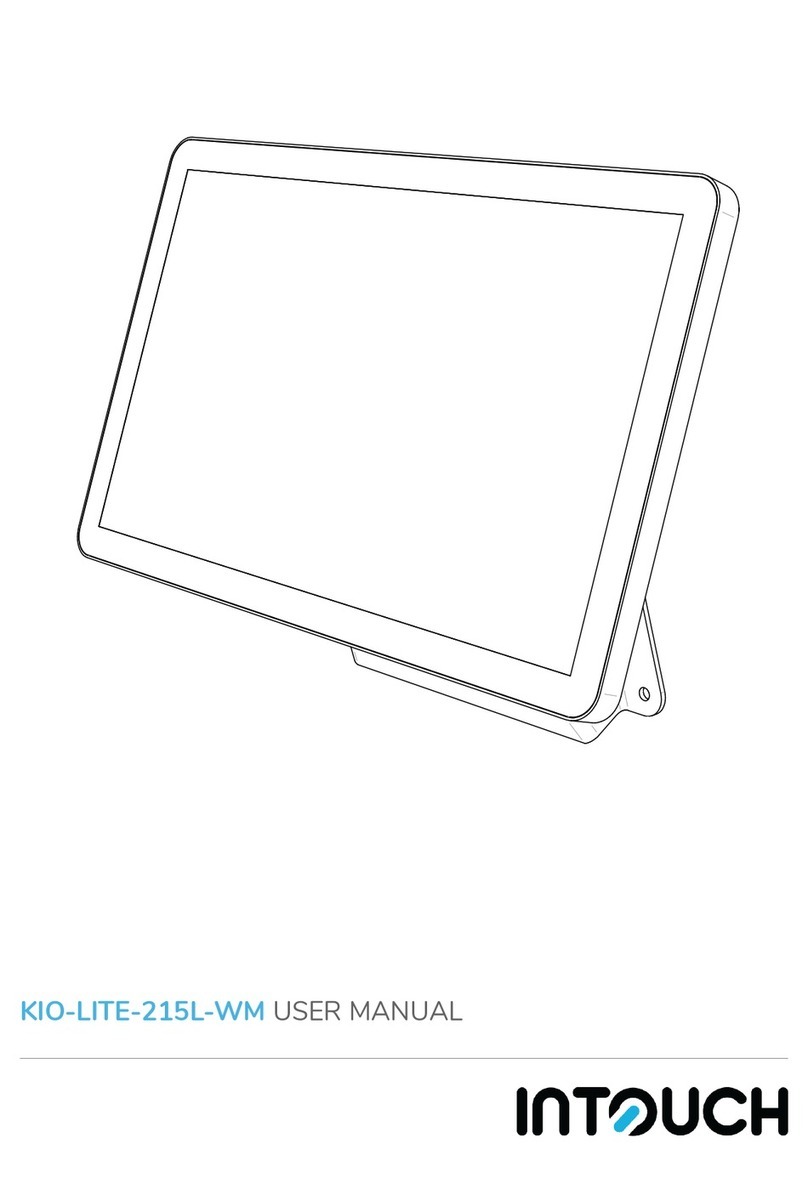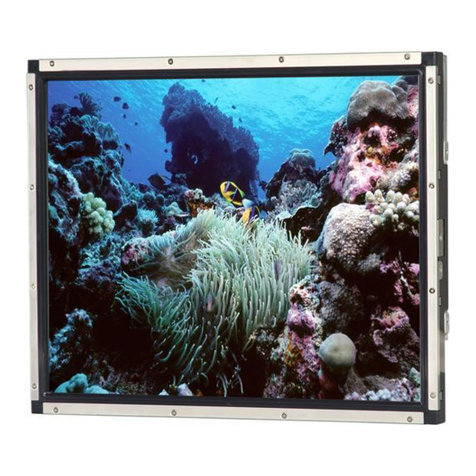
Table of contents
1 Safety guidelines.......................................................................................................................................................... 5
1.1 Policies and procedures.............................................................................................................................. 5
1.2 Installation guidelines................................................................................................................................. 5
1.3 Viruses and dangerous programs............................................................................................................ 5
1.4 Organization of safety notices.................................................................................................................. 6
2 Spacing for air circulation and ventilation............................................................................................................ 6
3 Device installation ....................................................................................................................................................... 6
4 Power supply and grounding.................................................................................................................................... 7
5 Wiring connections ..................................................................................................................................................... 8
6 Technical data............................................................................................................................................................... 8
6.1 Main features ................................................................................................................................................ 8
6.2 Hardware features ....................................................................................................................................... 8
6.3 Touch LCD: 4 wires resistive........................................................................................................................ 8
7 Communication interfaces........................................................................................................................................ 9
7.1 CANopen ........................................................................................................................................................ 9
7.1.a Using CAN / EXP1 on terminal M1 (Not available for -EL versions) ....................................... 9
7.2 RS232 ............................................................................................................................................................... 9
7.2.a Using RS232 / COM1 on DB9 (Not available for TD410 and -EL versions)............................ 9
7.3 RS485 ............................................................................................................................................................. 10
7.3.a Using RS485 / COM2 on terminal M1 ......................................................................................... 10
7.3.b Using RS485 / COM2* MASTER on DB9 (Not available for TD410 and -EL versions)....... 10
7.3.c Using RS485 / COM2 SLAVE on DB9 (Not available for TD410 and -EL versions)............. 10
7.4 USB interfaces.............................................................................................................................................. 11
8 Ethernet interface ...................................................................................................................................................... 11
8.1 Technical data............................................................................................................................................. 11
8.2 Configuration modes ................................................................................................................................ 11
9 Battery .......................................................................................................................................................................... 12
9.1 Internal battery replacement.................................................................................................................. 12
9.2 Battery detail............................................................................................................................................... 12
10 Software’s Manual..................................................................................................................................................... 13
Indice degli argomenti
1 Norme di sicurezza .................................................................................................................................................... 15
1.1 Regolamenti e procedure......................................................................................................................... 15
1.2 Linee guida per l’installazione................................................................................................................ 15
1.3 Virus e programmi pericolosi .................................................................................................................. 15
1.4 Organizzazione delle note di sicurezza ................................................................................................16
2 Spazi per la circolazione dell’aria e la ventilazione........................................................................................... 16
3 Installazione del dispositivo.................................................................................................................................... 16
4 Alimentazione e messa a terra dello strumento................................................................................................. 17
5 Collegamenti elettrici................................................................................................................................................18
6 Dati tecnici................................................................................................................................................................... 18
6.1 Caratteristiche generali ............................................................................................................................18
6.2 Caratteristiche hardware .........................................................................................................................18
6.3 LCD touch: 4 fili resistivo........................................................................................................................... 18
7 Interfacce di comunicazione................................................................................................................................... 19
7.1 CANopen ...................................................................................................................................................... 19
7.1.a Utilizzo CAN / EXP1 su morsetto M1 (Non disponibile su versioni -EL)............................... 19
7.2 RS232 ............................................................................................................................................................. 19
7.2.a Utilizzo RS232 / COM1 su DB9 (Non disponibile per TD410 e versioni -EL)........................ 19
7.3 RS485 .............................................................................................................................................................20
7.3.a Utilizzo RS485 / COM2 su morsetto M1......................................................................................20
7.3.b Utilizzo RS485 / COM2* MASTER su DB9 (Non disponibile per TD410 e versioni -EL).....20
7.3.c Utilizzo RS485 / COM2 SLAVE su DB9 (Non disponibile per TD410 e versioni -EL)...........20
